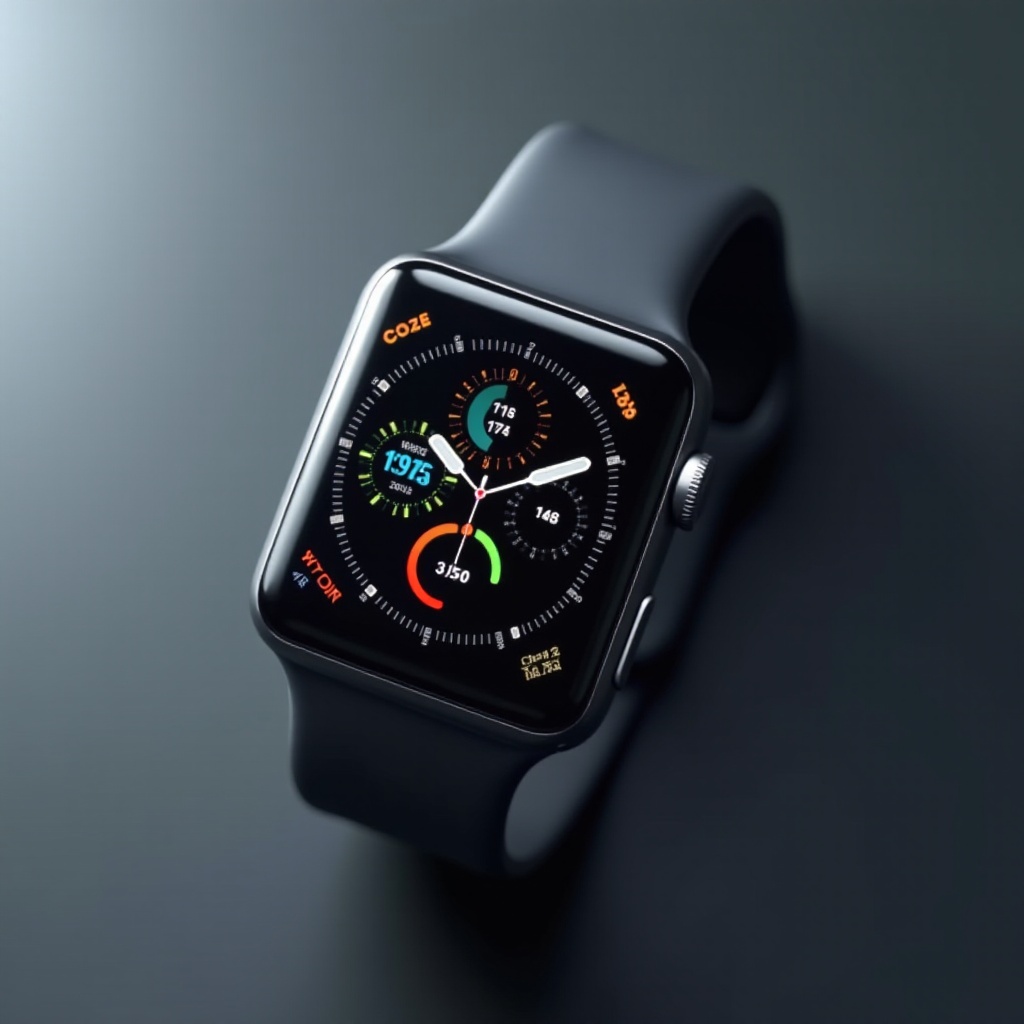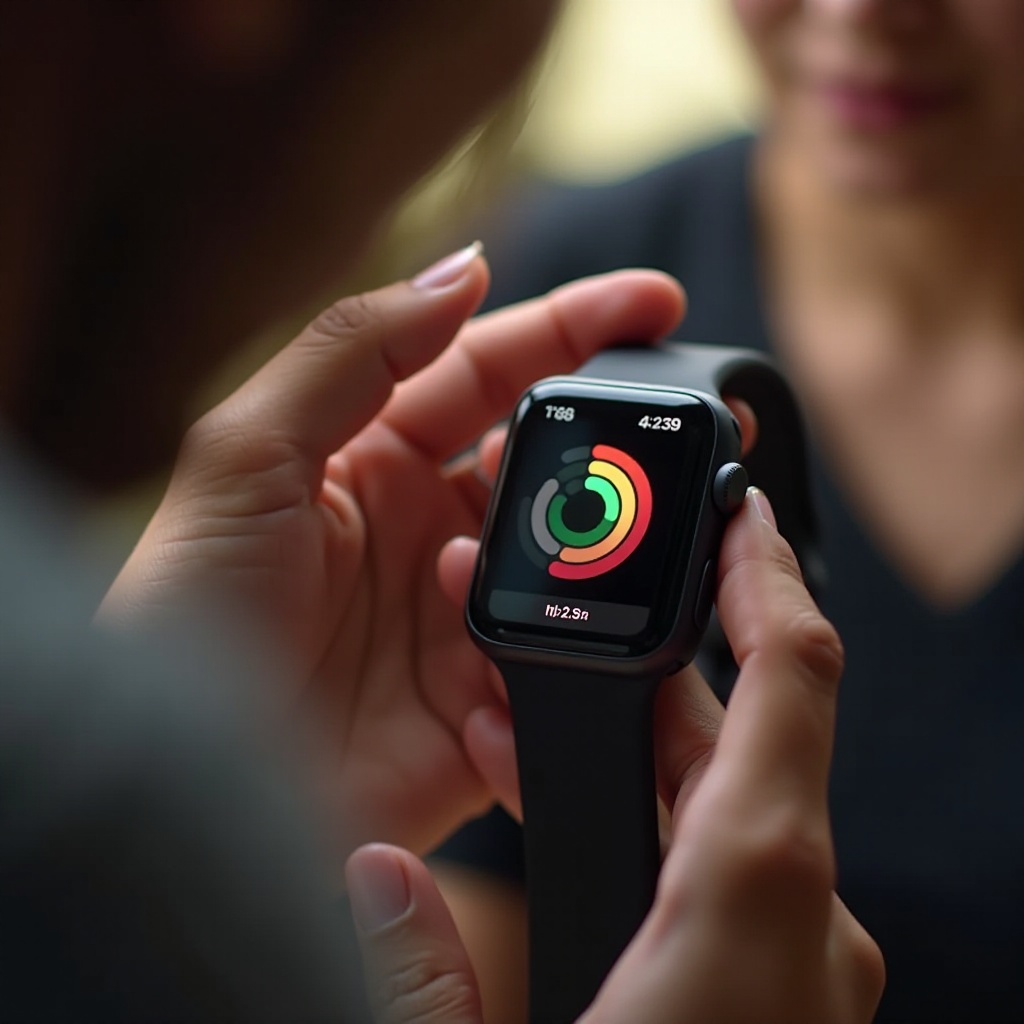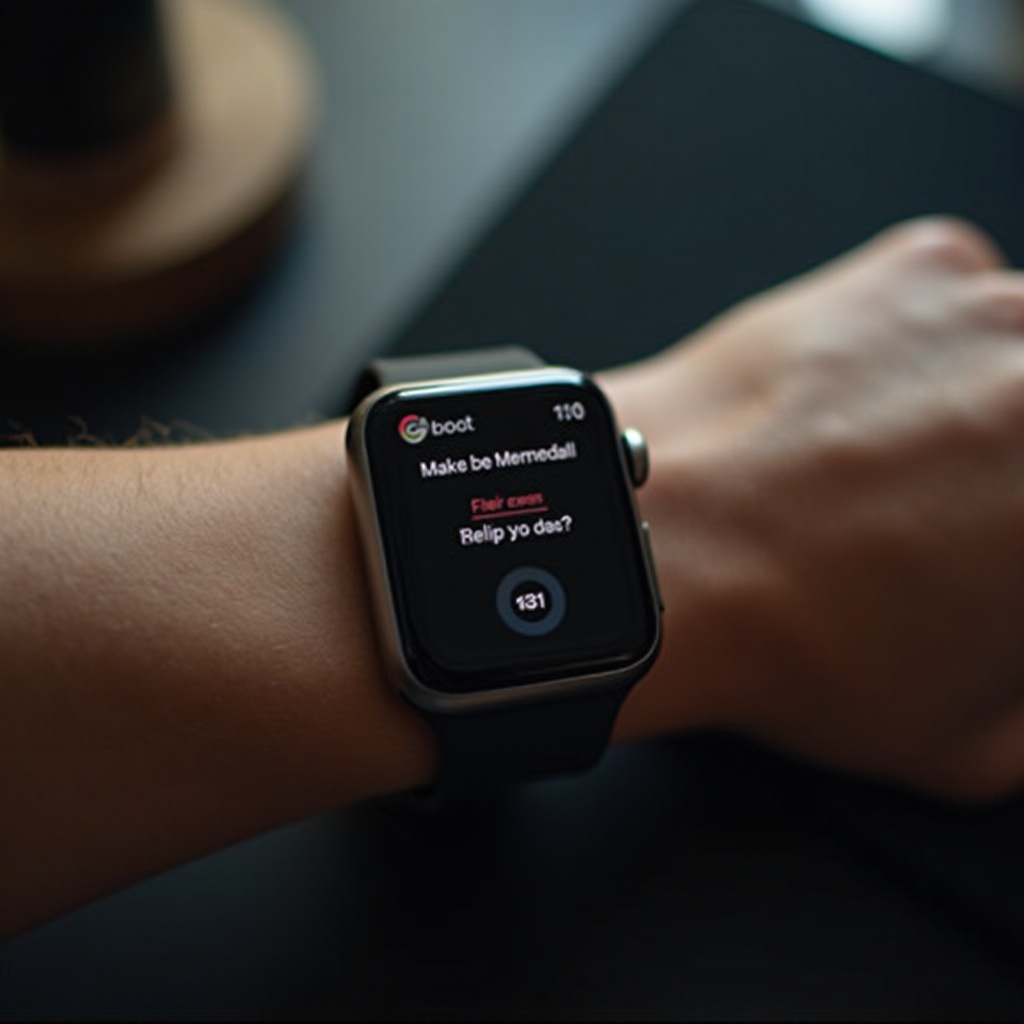Introduction
The Apple Watch has paved new avenues in health tracking and maintaining fitness goals. Despite its advanced technology, users might occasionally face issues, leading to frustration and potential hindrance in achieving fitness objectives. When the Apple Watch fitness app is not performing optimally, understanding the causes and rectifying the problems becomes imperative. In this guide, we delve into common technical issues, quick adjustments, and comprehensive troubleshooting strategies to help restore your Apple Watch fitness app to full functionality.

Common Problems with the Apple Watch Fitness App
Numerous problems can disrupt the performance of the Apple Watch fitness app, ranging from temporary glitches to persistent errors. Commonly reported issues involve syncing discrepancies between the Apple Watch and iPhone, which can lead to inconsistent fitness data display. Sensor issues might result in unreliable tracking, thereby reducing the app’s accuracy. Outdated software or incorrect settings further hinder the app’s performance by preventing accurate health insights. Recognizing these problems is the first step towards finding appropriate solutions and ensuring your Apple Watch functions optimally.
Quick Fixes to Get Your Fitness App Working
Restart Devices
Rebooting devices often resolves temporary glitches that may affect app functionality. Here’s a step-by-step guide:
1. To restart your Apple Watch, press and hold the side button until the Power Off slider appears. Next, drag the slider and turn off the watch. Restart by holding the side button until the Apple logo is visible.
2. For the iPhone, press and hold the side button and one of the volume buttons until the slider appears, then slide to power off. Restart by pressing the side button again.
Check Software Updates
Regular software updates ensure compatibility and performance improvements:
– On your iPhone, visit Settings > General > Software Update, then download and install any updates.
– Open the Watch app on your iPhone, navigate to General > Software Update, and proceed with any available updates.
Verify Settings and Permissions
Proper configuration of settings and permissions is essential for accurate app functionality:
– On iPhone, head to Settings > Privacy > Motion & Fitness and ensure Fitness Tracking is active.
– Within the Watch app on your iPhone, verify that both Fitness Tracking and Heart Rate are activated in the Privacy section.
Quick adjustments often resolve minor issues. For more persisting concerns, explore advanced troubleshooting methods.
Advanced Troubleshooting Tips
Reset Calibration Data
If your Apple Watch presents persistent inaccuracy, resetting calibration data helps recalibrate fitness metrics:
1. In the Watch app on your iPhone, access Privacy.
2. Choose Reset Fitness Calibration Data.
Reinstall Fitness and Health Apps
Reinstalling these apps may address ongoing glitches:
1. Locate and long-press the Fitness or Health app icon on your iPhone, then choose Remove App, followed by Delete App.
2. Download and reinstall from the App Store.
Ensure Adequate Sensors Performance
Sensors must be in peak performance for accurate readings:
– Clean the back of the watch and sensors with a soft, lint-free cloth.
– Ensure the watch is snug yet comfortably worn on your wrist for optimal sensor contact.
Advanced troubleshooting extends your options before needing professional assistance, targeting deeper technical issues effectively.

Enhancing App Performance and Accuracy
Optimize Wearable Settings
Settings haphazardly configured may degrade tracking accuracy. Refine settings for enhanced performance:
– Activate Wrist Detection under Passcode settings in the Watch app.
– In the Workout app, toggle Power Saving Mode to balance battery efficiency with performance.
Maintain Proper Device Fit
Sensor efficacy is contingent upon proper device fit:
– Wear your Apple Watch snugly but comfortably on your wrist for accurate heart rate measurements.
Ensure Stable Connectivity
Consistent connectivity supports seamless data transfer:
– Maintain a stable Bluetooth connection between devices.
– Keep iPhone and Apple Watch within a reasonable range to prevent interference.
These adjustments offer a more effective tracking experience, ensuring you receive precise fitness insights.
When to Seek Professional Support
Persistent issues, despite thorough troubleshooting, might require expert evaluation. If complications, such as severe hardware malfunctions or recurrent software issues, persist, visiting an Apple Store or service provider is recommended. AppleCare+ coverage benefits extend warranty services and facilitate problem resolution. Professional help ensures precise diagnosis and a comprehensive solution, restoring device functionality and reliability.

Conclusion
Addressing Apple Watch fitness app issues combines prompt troubleshooting, thoughtful advanced strategies, and, if needed, professional help. Quickly resolving these problems ensures your device remains a reliable partner on your fitness journey. Regular updates and correctly calibrated settings can prevent disruptions, ensuring peak performance and accurate health insights from your Apple Watch.
Frequently Asked Questions
Why is my Apple Watch not tracking my workouts?
Several factors might cause your Apple Watch not to track workouts accurately. Ensure your device fits properly, verify settings and permissions, and check for software updates. Resetting calibration data can also help in improving tracking accuracy.
Can I use third-party apps to improve my Apple Watch fitness tracking?
Yes, third-party apps can supplement the Apple Watch’s native tracking functionalities. Apps like Strava, Nike Run Club, or MyFitnessPal can offer additional tracking features and insights, enhancing your overall fitness experience.
How often should I recalibrate my Apple Watch for fitness tracking?
Recalibrating your Apple Watch is advisable after significant changes or disruptions in tracking accuracy. Regular recalibration, perhaps once every few months, can keep your fitness metrics precise and reliable.
